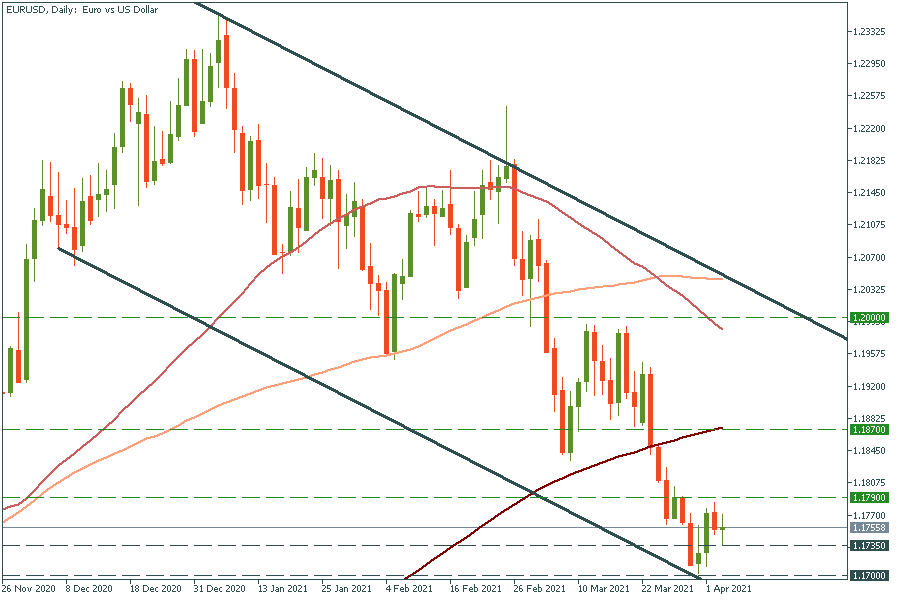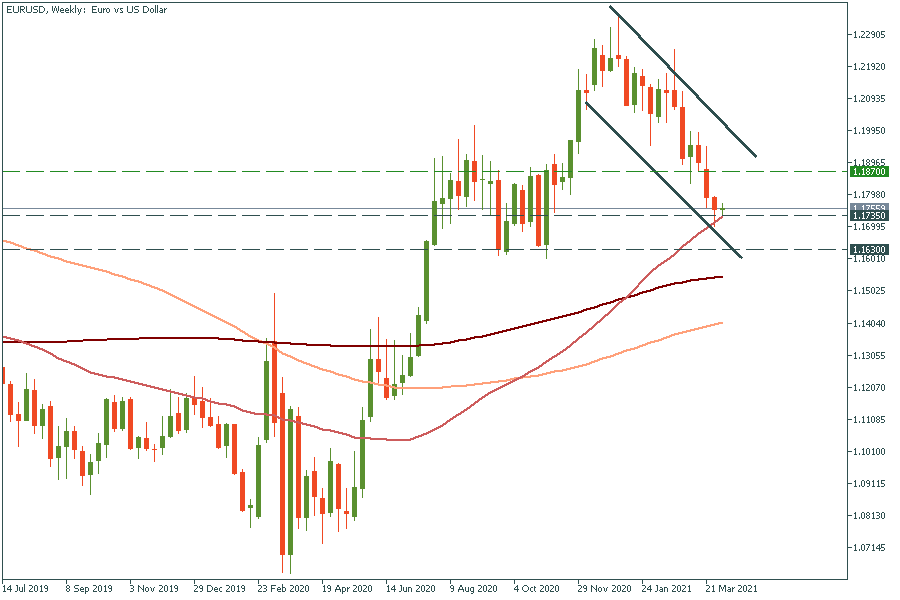
The G20 summit took place in Bali, Indonesia, on November 2022…

Don’t waste your time – keep track of how NFP affects the US dollar!
Data Collection Notice
We maintain a record of your data to run this website. By clicking the button, you agree to our Privacy Policy.

Beginner Forex Book
Your ultimate guide through the world of trading.
Check Your Inbox!
In our email, you will find the Forex 101 book. Just tap the button to get it!
Risk warning: ᏟᖴᎠs are complex instruments and come with a high risk of losing money rapidly due to leverage.
71.43% of retail investor accounts lose money when trading ᏟᖴᎠs with this provider.
You should consider whether you understand how ᏟᖴᎠs work and whether you can afford to take the high risk of losing your money.
Information is not investment advice
The last week has ended with greater-than-expected NFP, but weaker average hourly earnings. 916,000 people were employed during March, while the forecast was only 647,000. Average hourly earnings dropped by 0.1%, whereas growth of 0.1% was anticipated. As a result, since NFP comes better, but earnings – worse, the USD will spike at first, but it will fall with the second wave.
Europe’s poor vaccination rollout and prolonged lockdowns keep pressing down the EUR. Unlike the EU, the USA is in a much better position. Biden claimed a goal of 200 million vaccinations in his first 100 days and unveiled the 2$ trillion infrastructure plan. As a result, Treasury yields surged. And as we know, rising yields would push the US dollar up.
According to ING, EUR/USD is likely to dip further this week. So far, support at 1.1700 has been held, but the pair may break down to the low of 1.16 this week.
EUR/USD is moving in a descending channel. On the weekly chart, the way down is constrained by the 50-week moving average of 1.1735. If it manages to break it and then crosses 1.1700, it should fall to November’s low at 1.1630. On the flip side, if it crosses the high of April 2 at 1.1790, it may jump to the 200-day moving average of 1.1870.



The G20 summit took place in Bali, Indonesia, on November 2022…

The deafening news shocked the whole world yesterday: the British Queen Elizabeth II died peacefully at the age of 96…

After months of pressure from the White House, Saudi Arabia relented and agreed with other OPEC+ members to increase production.

eurusd-is-falling-what-to-expect-from-the-future-price-movement

Greetings, fellow forex traders! Exciting news for those with an eye on the Australian market - the upcoming interest rate decision could be good news for Aussies looking to refinance or take out new loans. The Mortgage and Finance Association Australia CEO, Anja Pannek, has...

Hold onto your hats, folks! The Japanese yen took a nosedive after the Bank of Japan (BOJ) left its ultra-loose policy settings unchanged, including its closely watched yield curve control (YCC) policy. But wait, there's more! The BOJ also removed its forward guidance, which had previously pledged to keep interest rates at current or lower levels. So, what's the scoop? Market expectations had been subdued going into the meeting, but some were still hoping for tweaks to the forward guidance to prepare for an eventual exit from the bank's massive stimulus
Your request is accepted.
We will call you at the time interval that you chose
Next callback request for this phone number will be available in 00:30:00
If you have an urgent issue please contact us via
Live chat
Internal error. Please try again later